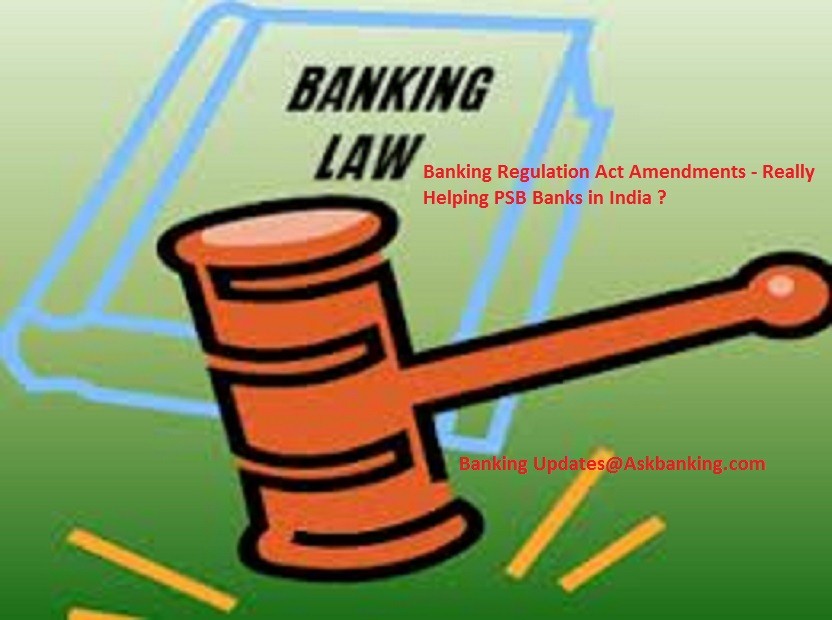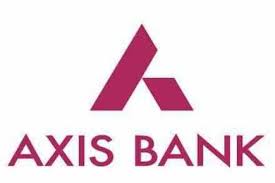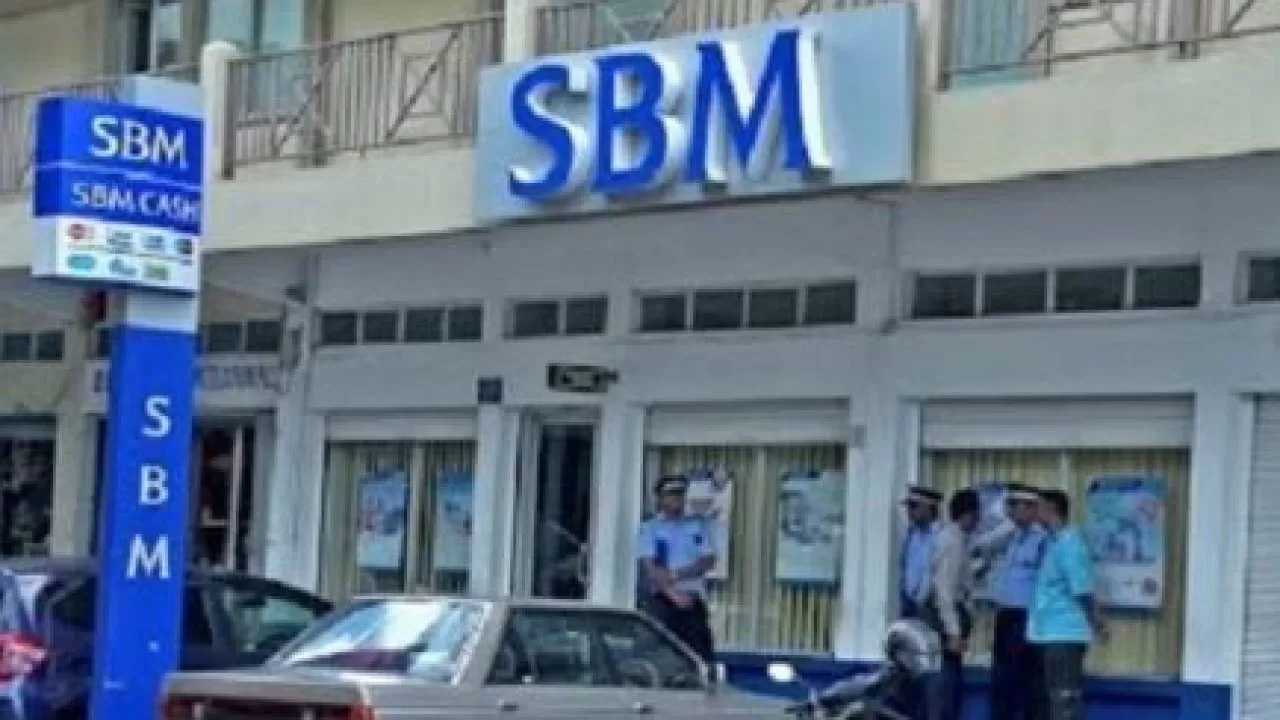
In existing rule, decisions regarding a bad loan or NPA assets are binding on all lenders or consortium in a JLF, if JLF approved by 75 per cent in terms of exposure or 60 per cent in terms of absolute numbers. Banks which are a part of a consortium face problems due to disagreements among them on projects gone bad.
Now with new amendments to address that issue, once a simple majority of the banks, based on their exposure to the bad loan, takes a decision, it will be binding on other banks who are part of the group. The new exposure level will be brought down from current 75 per cent. This will naturally help the Big corporate borrowers in settling their dues through One Time Settlement schemes or OTS schemes or relief package schemes.
Read : Impact of One Time Settlement Scheme (OTS) on CIBIL
The section 35A act of Banking regulation act is amends to enable JLFs to decide on NPAs based on a simple majority if committee thinks that thresholds are being seen as too high. Now big corporate loan defaulter may have better bargain power against bank to settle their dues at much lower where it was not possible in existing policy.
- Changes are being made to Section 35A of the Banking Regulation Act as also certain provisions of the Bankruptcy Code. These changes will empower RBI to give directions to banks to effectively resolve NPAs.
- The ordinance to amend Banking Regulation Act allows RBI to ask banks to sit down with loan defaulters and reach a settlement as part of the bad loans resolution package
The framework includes the promulgation of an Ordinance to amend the Banking Regulation Act to give more teeth to the Reserve Bank of India (RBI) and its oversight committees to act on behalf of banks while deciding on NPAs.
- The stressed loans resolution package being prepared by the government will empower the Reserve Bank of India (RBI) to directly intervene in settling bad loan cases.
As per the latest government data, public sector banks’ gross bad loans rose by over Rs 1 lakh crore in the first nine months of the last fiscal year to Rs 6.07 lakh crore by December end from Rs 5.02 lakh crore at the end of March 2016. Efforts over the past few years to resolve the bad loans issue have met with limited success, prompting the government to push for a more effective plan.
Read : What is the Objective of Stand-Up India Loan Schemes ?
Current Provision and Why does Amendment Require ?
Currently there is a multiple oversight committees under the aegis of the RBI which monitor progress of the top 35-40 NPAs in value terms, which constitute 60 per cent of all NPAs. These committees could get an enhanced mandate to help the lenders with their decision-making, including overseeing of joint lenders forums (JLFs), a consortium of bankers dealing with a particular project. They may also be able to decide on matters such as which bank will take how much ‘haircut’ and to intervene if the JLF reaches a deadlock.
[box type=”info” align=”aligncenter” ][ 35A Power of the Reserve Bank to give directions. —
(1) Where the Reserve Bank is satisfied that— (a) in the 178 [public interest]; or 179
[(aa) in the interest of banking policy; or]
(b) to prevent the affairs of any banking company being conducted in a manner detrimental to the interests of the depositors or in a manner prejudicial to the interests of the banking company; or
(c) to secure the proper management of any banking company generally, it is necessary to issue directions to banking companies generally or to any banking company in particular, it may, from time to time, issue such directions as it deems fit, and the banking companies or the banking company, as the case may be, shall be bound to comply with such directions.
(2) The Reserve Bank may, on representation made to it or on its own motion, modify or cancel any direction issued under sub-section (1), and in so modifying or cancelling any direction may impose such conditions as it thinks fit, subject to which the modification or cancellation shall have effect.][/box]
3. If banks aren’t able to find a solution to the problem by the specified time, the central bank will step in directly, said one of the people. This person said RBI will also get some punitive powers to ensure that banks act quickly on these bad loans.
4. Currently, under the so-called Scheme for Sustainable Structuring of Stressed Assets (S4A), there is a provision for an oversight committee consisting of “eminent persons” recommended by the Indian Banks’ Association in consultation with RBI. RBI will likely exercise control through oversight committees which will have representation from the central bank and help bankers overcome concerns about their decisions being probed by vigilance agencies, said the second person. One of the functions of the panel under the new framework will be to ensure that the so-called joint lenders’ forums are more comfortable with taking decisions and speeding them up.
Read : How Does RBI Rate Cut Impact EMI of Loan ?
Existing Constraint which are still needed
- Protection of commercial decisions from vigilance inquiries has been a key demand from bankers, especially after the Central Bureau of Investigation arrested former officials of IDBI Bank Ltd, including a former chairman, for sanctioning loans worth Rs950 crore to Kingfisher Airlines Ltd.
- This fear has prevented lenders from sacrificing a part of the amount due to them and push through sales of stressed assets to turnaround specialists and private equity firms.
- In any case, such protection would mean amending the Prevention of Corruption Act (PCA) and not the Banking Regulation Act.
- While there is enough flexibility in the RBI Act to do some of these things, the government wants to lay down an enabling provision and show that there is a system-wide shifting of gears.
- Bankers have also asked for other measures which will give them more comfort, such as allowing amortization of loan losses and structuring repayments over a longer time period. It is not yet clear whether these will be part of the resolution framework.









Leave a Comment